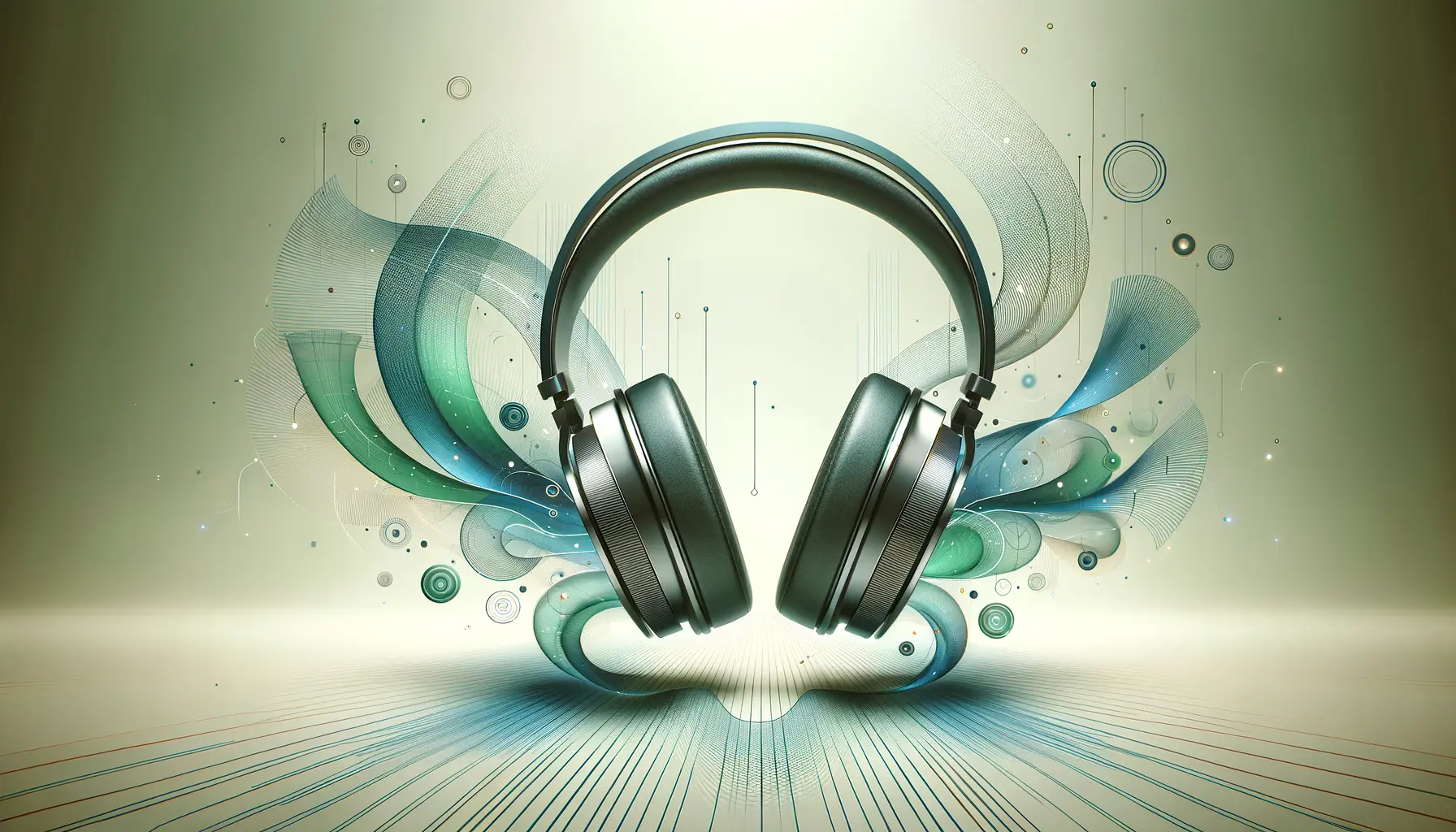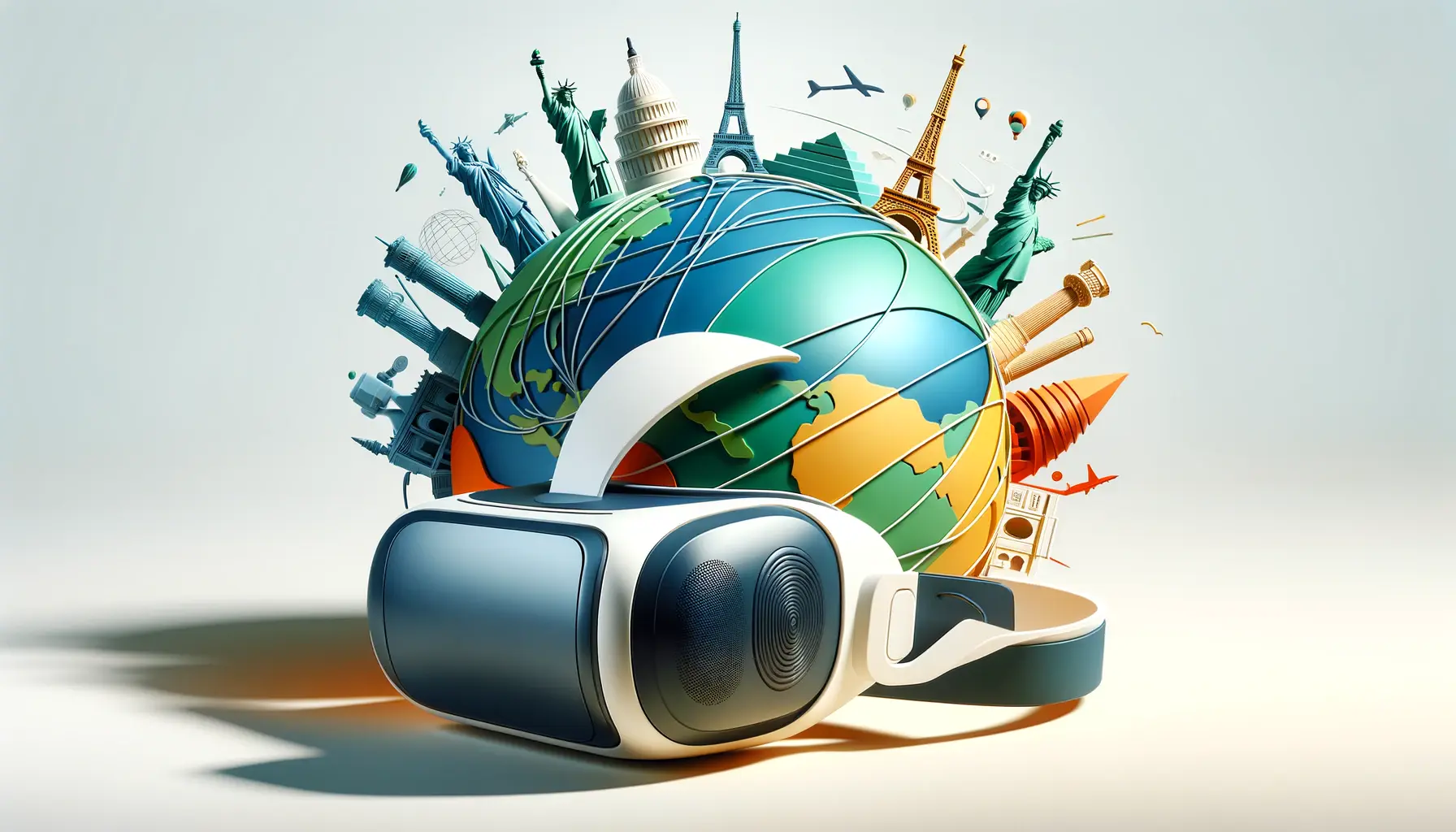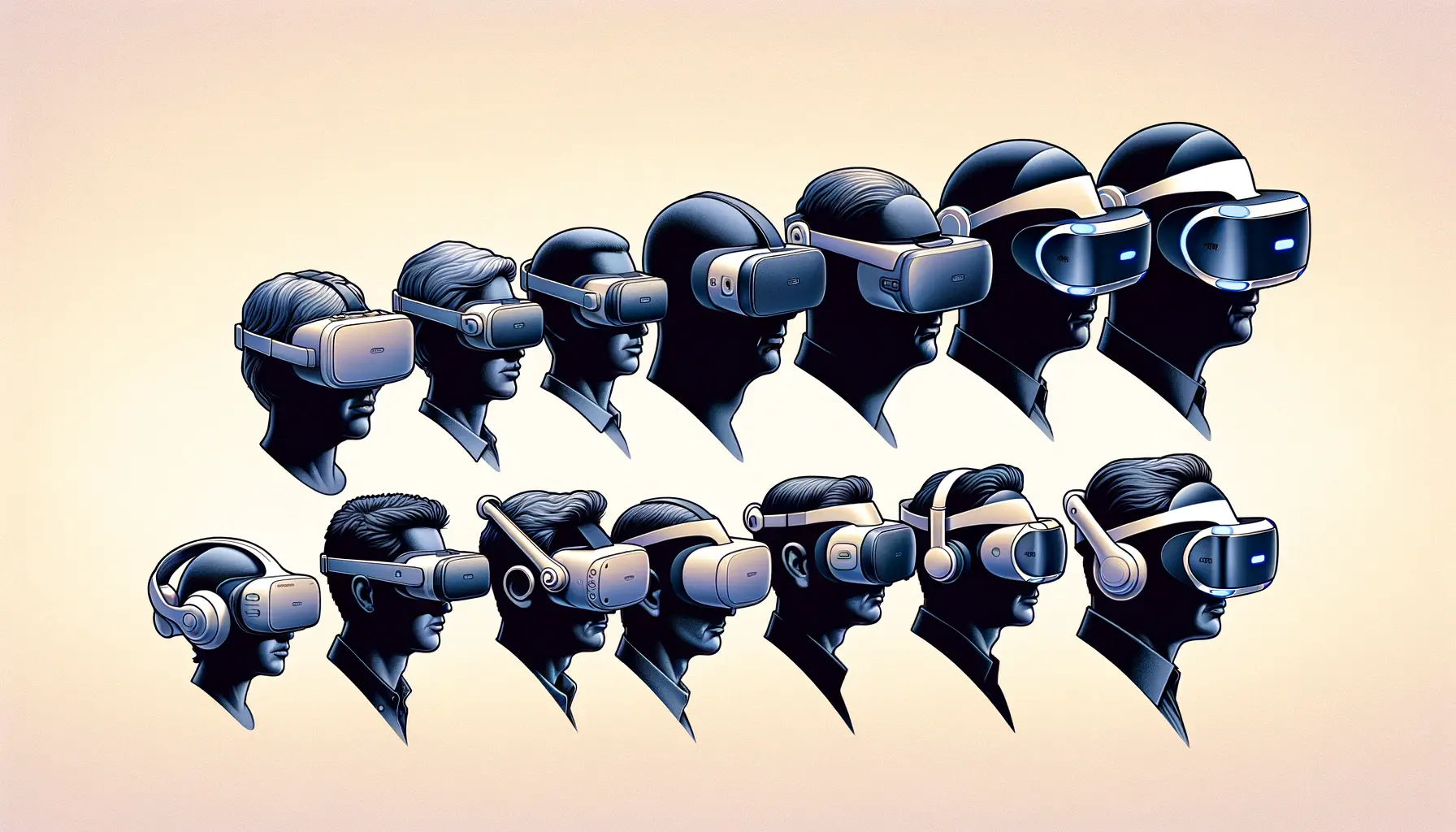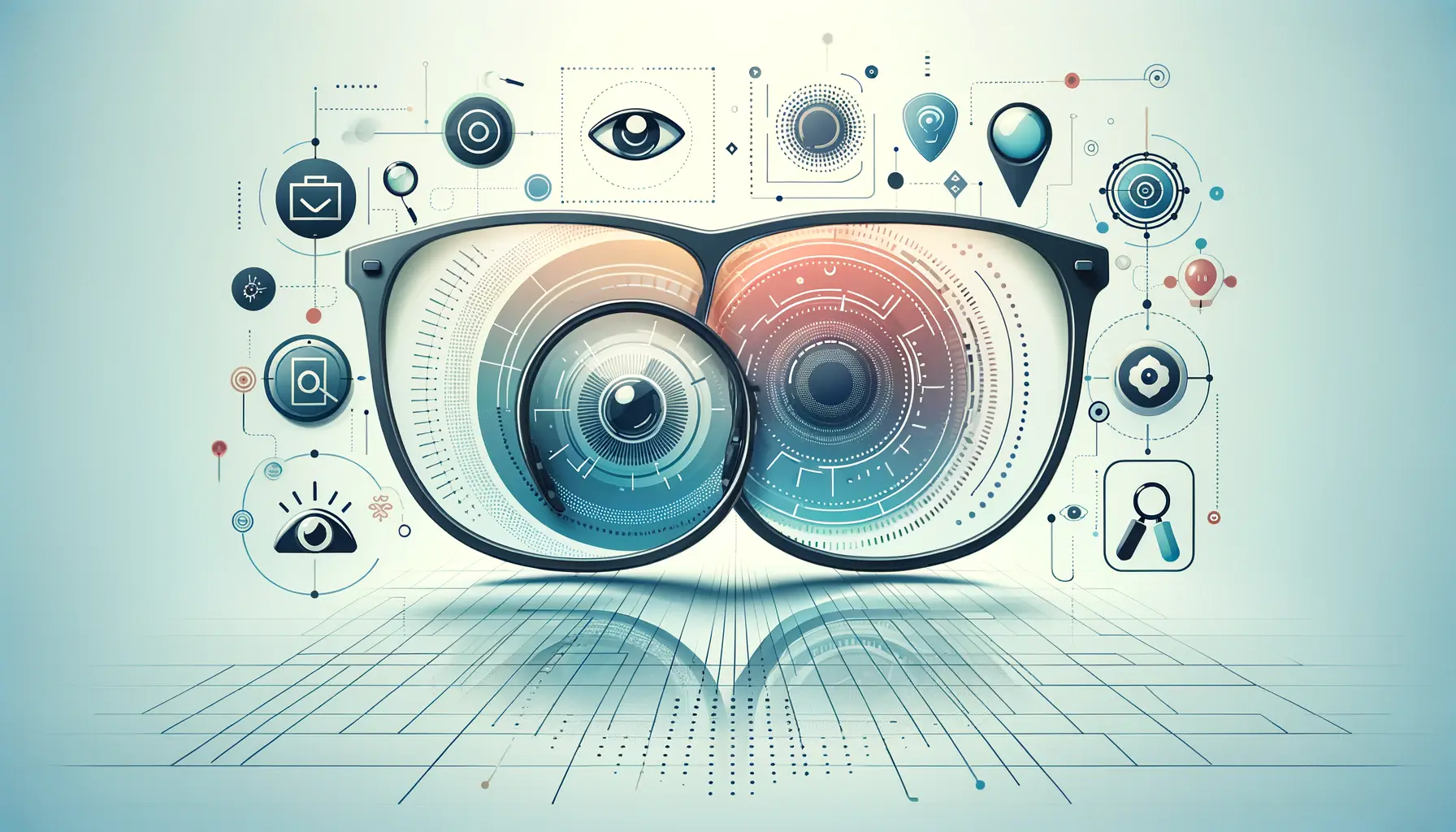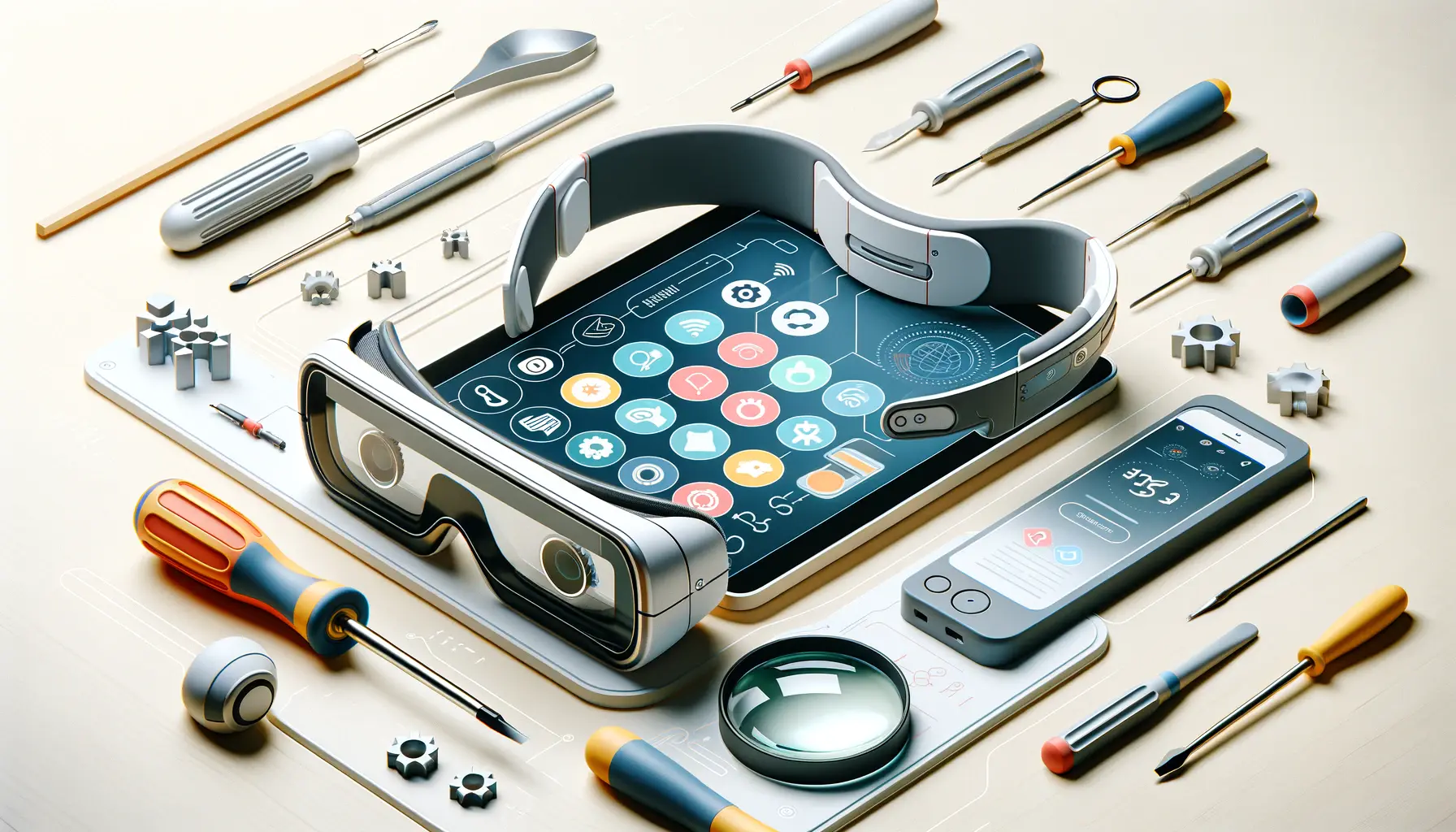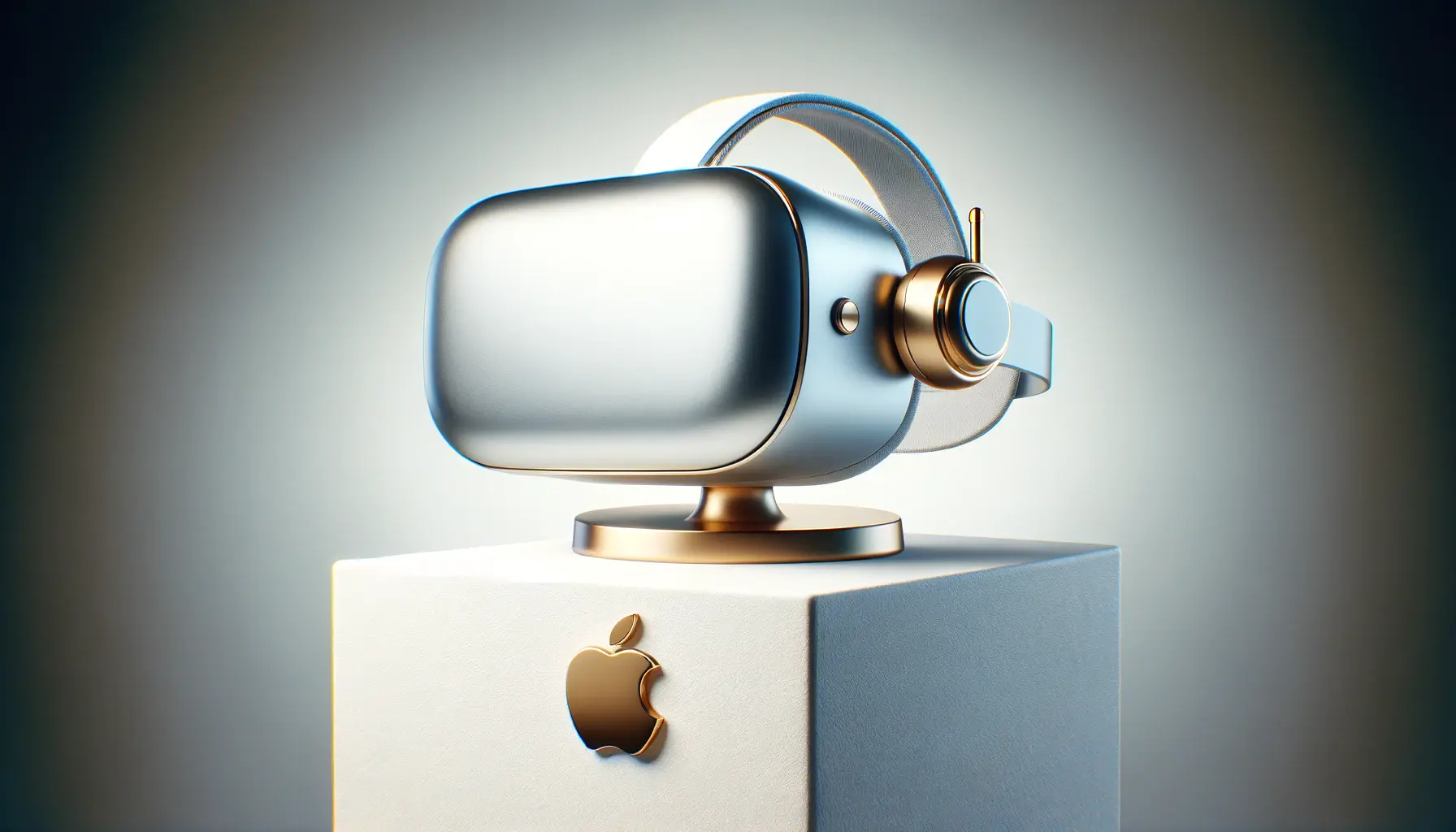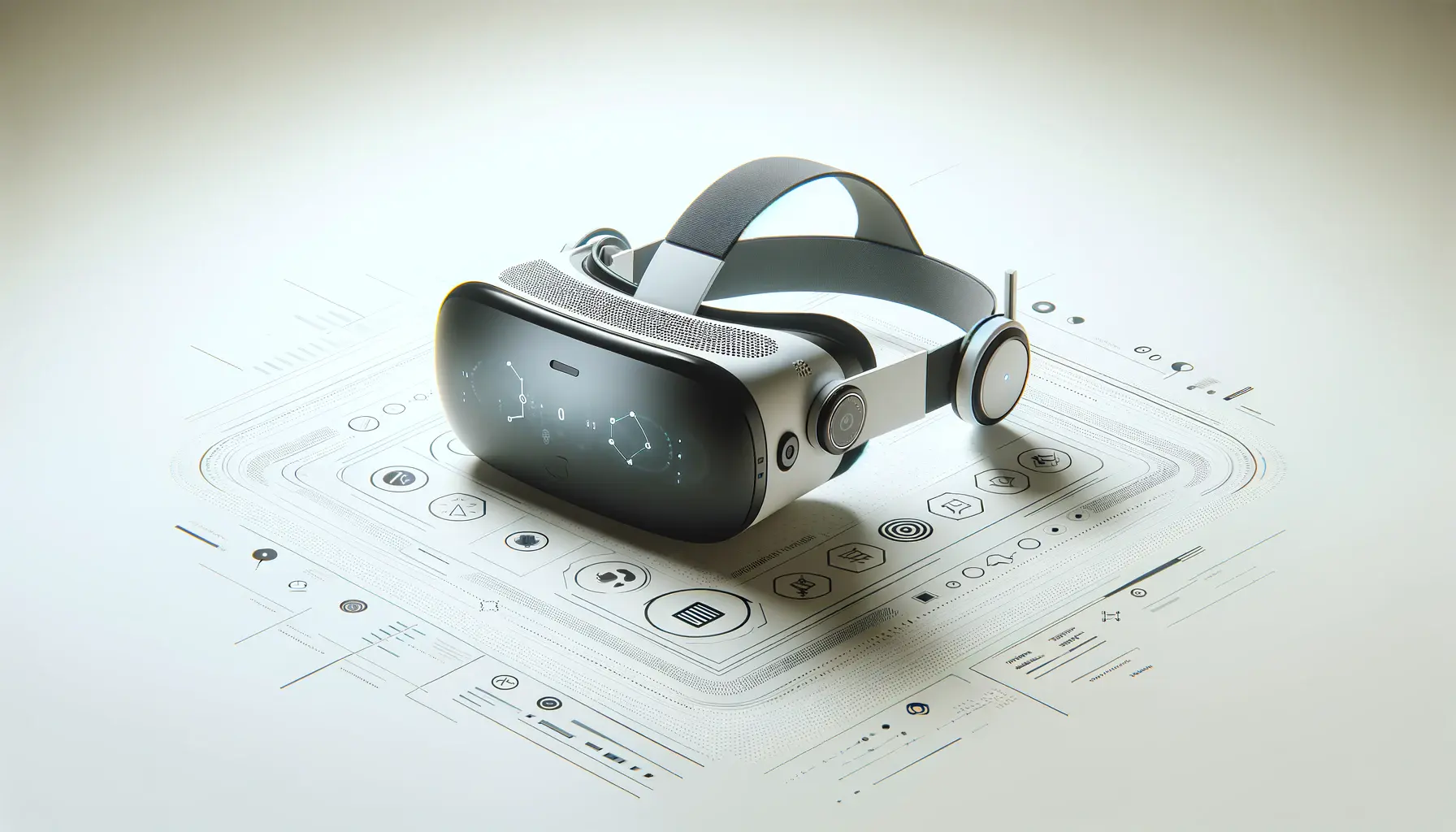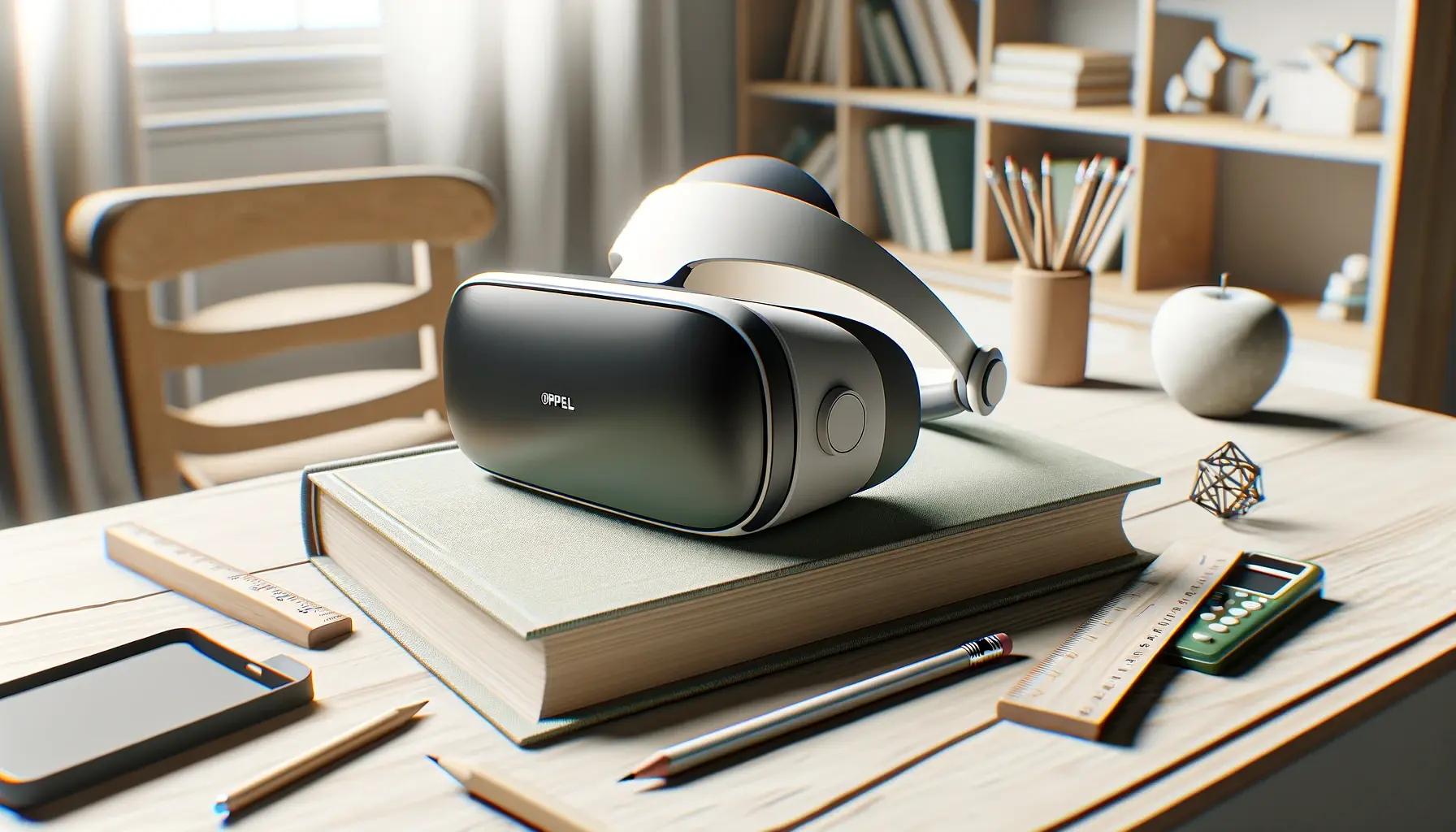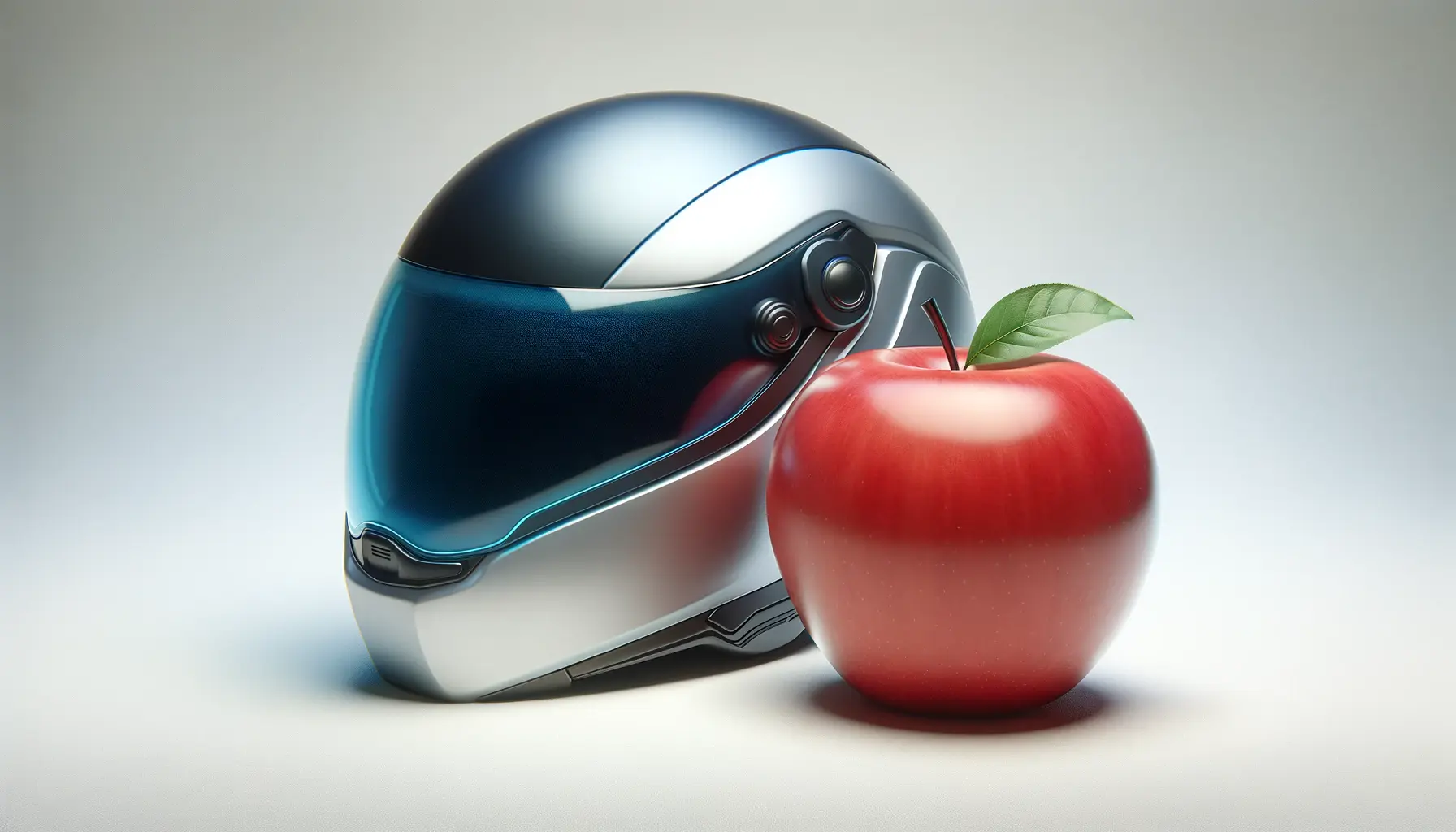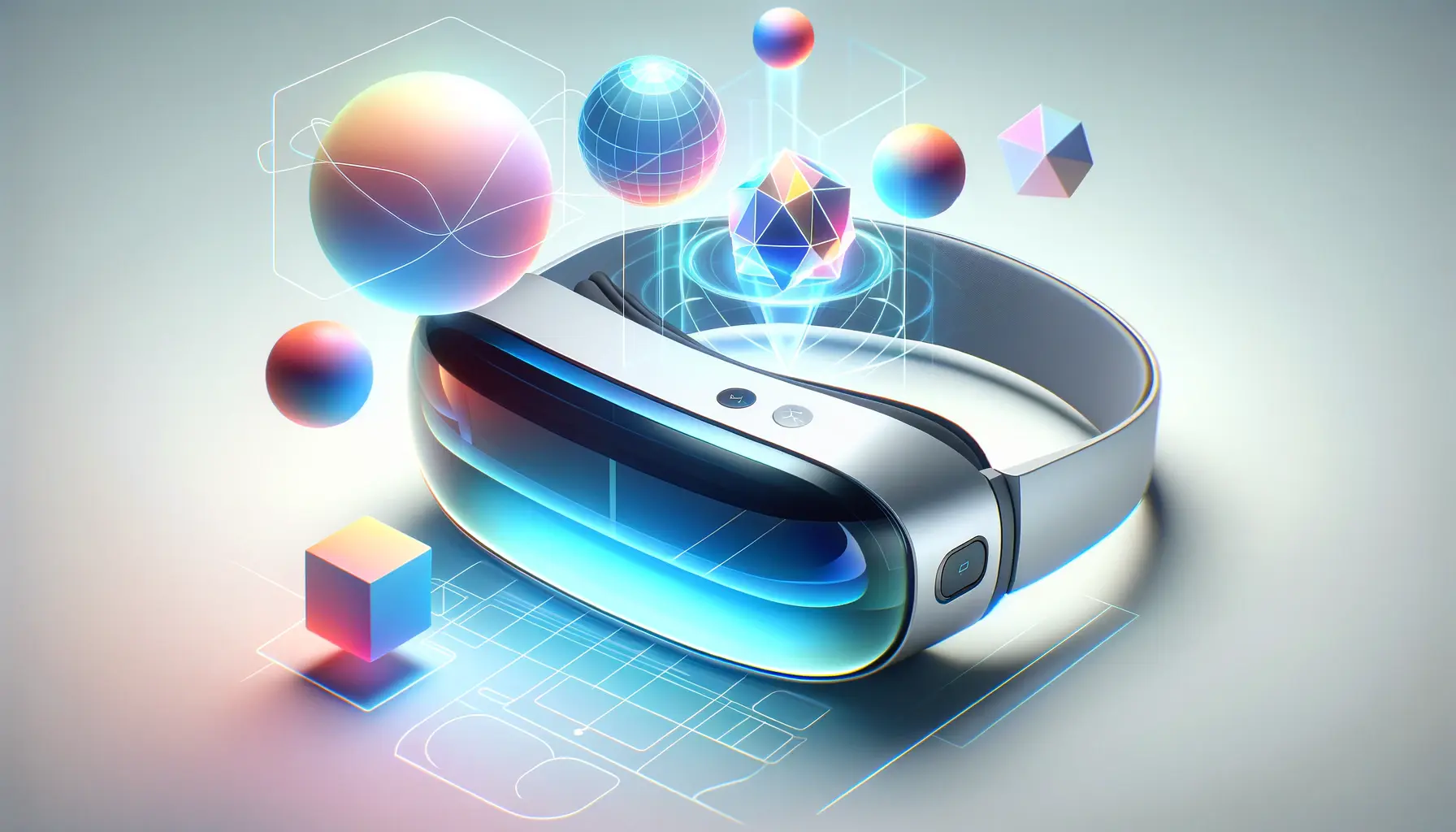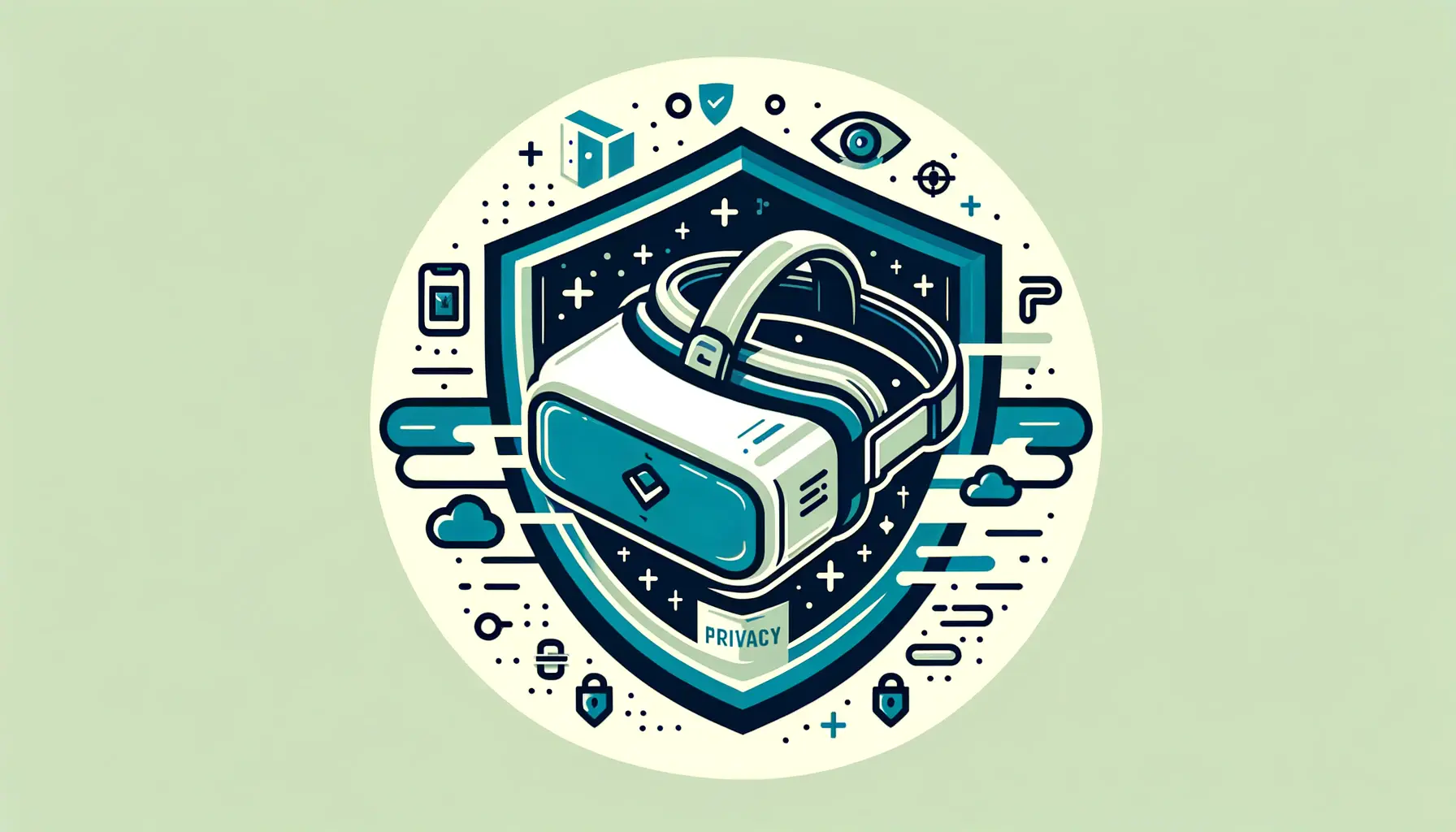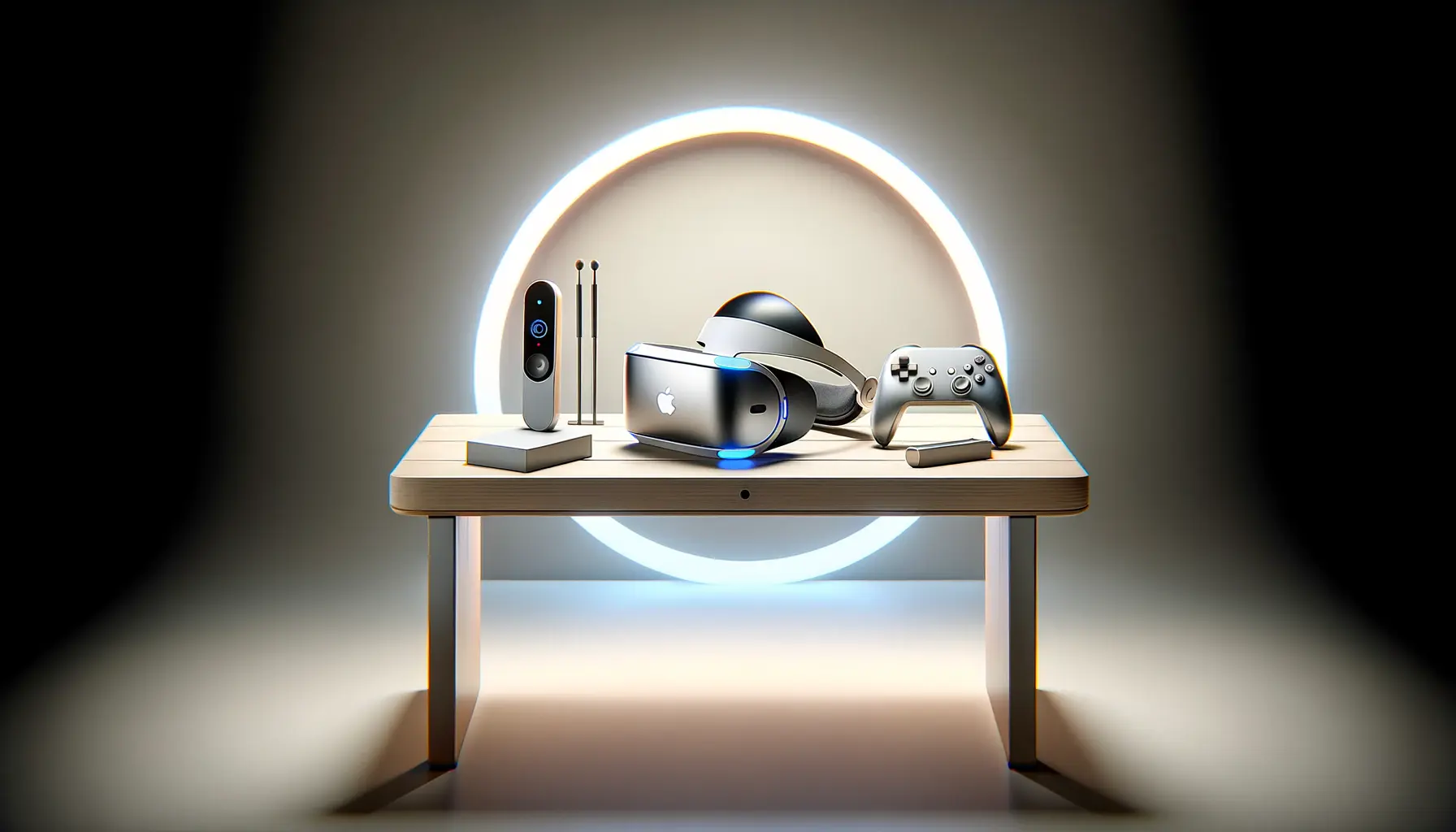The unveiling of the Apple Vision Pro has marked a significant leap in the realm of spatial computing, blending the physical and digital worlds with unparalleled finesse.
At the heart of this revolutionary device is an audio experience that promises to redefine our interaction with technology.
The Apple Vision Pro, with its advanced audio capabilities, is not just a gadget but a new frontier in immersive sound, offering users a doorway into experiences that were once the domain of science fiction.
Apple’s foray into spatial audio through the Vision Pro is a testament to the company’s commitment to pushing the boundaries of what’s possible.
This device encapsulates years of innovation, research, and development, aiming to deliver an audio experience that is as groundbreaking as the visual spectacle it provides.
The integration of spatial audio into the Apple Vision Pro is a bold move that underscores the importance of sound in creating immersive environments, whether for entertainment, work, or social interaction.
- Understanding Spatial Audio in Apple Vision Pro
- Technological Foundations of Spatial Audio
- Creating Immersive Content with Spatial Audio
- User Experience and Interaction
- Designing for Spatial Audio
- Future of Spatial Audio in Virtual Reality
- Challenges and Solutions in Spatial Audio
- Embracing the Future of Audio with Apple Vision Pro
- FAQs on Spatial Audio Experience with Apple Vision Pro
Understanding Spatial Audio in Apple Vision Pro
What is Spatial Audio?
Spatial audio is a technology that simulates the three-dimensional space of sound, allowing users to perceive audio from all directions, including above and below.
This creates a more lifelike listening experience, making it feel as though sounds are emanating from the environment around them rather than from a specific point.
Apple Vision Pro leverages this technology to enhance the realism of virtual and augmented reality experiences, making them more engaging and immersive.
The implementation of spatial audio in Apple Vision Pro is designed to work seamlessly with the device’s other sensory features, including visual and haptic feedback, to create a cohesive and immersive experience.
By accurately mapping sounds to the virtual environment, users can experience a level of immersion that blurs the line between the digital and physical worlds.
The Role of Spatial Audio in Immersive Experiences
Spatial audio plays a crucial role in enhancing the immersive quality of virtual environments.
By providing a realistic soundstage, spatial audio allows users to fully engage with the content, whether it’s a movie, a game, or a virtual meeting space.
The directional nature of spatial audio also aids in navigation and interaction within virtual spaces, making the experience more intuitive and natural.
For instance, in a virtual concert experience on the Apple Vision Pro, users can perceive the music as if they were standing in front of the stage, with sounds coming from different directions based on the positions of the instruments and performers.
This level of detail not only enhances the enjoyment of the content but also deepens the user’s connection to the virtual environment.
Spatial audio is more than just a feature; it’s a fundamental shift in how we experience sound, transforming the Apple Vision Pro into a portal to new worlds.
Technological Foundations of Spatial Audio
The Apple Vision Pro’s spatial audio is built on a foundation of cutting-edge technology and innovation.
This section delves into the core components that make this immersive audio experience possible, highlighting the synergy between hardware and software that Apple has mastered.
Understanding these technological underpinnings is essential for appreciating the depth and realism of the audio experience on the Vision Pro.
The device incorporates several key technologies to achieve its remarkable spatial audio capabilities:
- Custom Audio Algorithms: At the heart of the Vision Pro’s spatial audio experience are sophisticated algorithms designed to accurately simulate how sound travels and interacts with the environment. These algorithms take into account various factors, such as the size of the room, the materials of surfaces, and the position of the user within the virtual space.
- Advanced Speaker Design: The Vision Pro features a unique speaker setup that supports the delivery of spatial audio. Unlike traditional headphones or speakers that direct sound to the ears from specific points, the Vision Pro’s audio system is engineered to project sound in a way that mimics natural acoustic environments.
- Head Tracking Technology: Integral to the spatial audio experience is the Vision Pro’s head tracking technology. By understanding the orientation and movement of the user’s head, the device can dynamically adjust the audio in real-time, ensuring that the sound always appears to come from the correct direction, even as the listener moves.
Integration with VisionOS
The seamless integration of spatial audio with VisionOS, Apple’s operating system for the Vision Pro, is another critical aspect of the technology.
VisionOS is designed to support immersive audio-visual experiences, with spatial audio being a cornerstone of its sensory output.
This integration ensures that audio cues are perfectly synchronized with visual elements, enhancing the realism of virtual environments.
- Dynamic Soundscapes: VisionOS enables the creation of dynamic soundscapes that react to user interactions and changes in the virtual environment. This adaptability makes each experience feel alive and unique.
- Audio Augmentation: The operating system also supports audio augmentation, allowing developers to overlay virtual sounds onto real-world environments, further blurring the lines between the physical and digital realms.
The technological sophistication of the Apple Vision Pro’s spatial audio represents a significant leap forward in our quest for truly immersive digital experiences.
Creating Immersive Content with Spatial Audio
The advent of spatial audio technology in devices like the Apple Vision Pro opens up new horizons for content creators across various domains.
From filmmakers and game developers to musicians and virtual event organizers, the ability to incorporate spatial audio into their creations promises to elevate the user experience to unprecedented levels.
This part explores how different sectors can leverage spatial audio to craft immersive and engaging content.
For content creators, understanding and utilizing the capabilities of spatial audio involves:
- Immersive Storytelling: Filmmakers and VR content creators can use spatial audio to add depth to their narratives. By designing soundscapes that envelop the viewer, creators can enhance emotional impact and foster a stronger sense of presence within the story.
- Enhanced Gameplay: Game developers can integrate spatial audio to create more engaging and realistic gaming environments. Sounds that accurately reflect the virtual world’s geometry can improve navigation, gameplay mechanics, and overall immersion.
- Live Performances: Musicians and concert organizers can offer virtual live performances where the audience feels the music coming from all around them, mimicking the experience of attending a live concert in person.
Challenges and Opportunities
While the potential for creating immersive content with spatial audio is vast, there are also challenges to consider.
These include the complexity of audio design, the need for specialized skills, and ensuring accessibility for all users.
However, these challenges also present opportunities for innovation, education, and collaboration within the creative community.
- Technical Complexity: Designing spatial audio requires a deep understanding of acoustics and sound engineering. Creators must consider the spatial properties of sound, including directionality, distance, and interaction with virtual environments.
- Accessibility: Ensuring that spatial audio experiences are accessible to users with different hearing abilities is crucial. This includes providing options to customize audio settings and offering visual or haptic alternatives to auditory cues.
The integration of spatial audio in content creation not only enhances the sensory experience but also pushes creators to explore new dimensions of storytelling and user engagement.
User Experience and Interaction
The integration of spatial audio into the Apple Vision Pro significantly enriches the user experience, offering a more intuitive and engaging way to interact with virtual environments.
This immersive audio technology not only enhances the realism of virtual spaces but also plays a crucial role in user navigation, accessibility, and overall satisfaction.
Let’s delve into how spatial audio impacts user interaction and the overall experience within the Vision Pro ecosystem.
Spatial audio contributes to a more natural and intuitive user experience in several ways:
- Enhanced Navigation: By providing audio cues that accurately reflect the spatial layout of the virtual environment, users can navigate more easily and confidently. This is particularly beneficial in complex or unfamiliar virtual spaces.
- Increased Immersion: Spatial audio deepens the sense of presence within a virtual environment, making digital experiences feel more real and engaging. This heightened immersion can enhance enjoyment and emotional connection to the content.
- Improved Accessibility: For users with visual impairments, spatial audio offers an alternative means of understanding and interacting with virtual environments. By conveying spatial information through sound, the Vision Pro becomes more accessible to a wider audience.
Interactivity and Engagement
The role of spatial audio in fostering interactivity and engagement cannot be overstated.
In interactive applications and games, spatial audio cues can guide user actions, provide feedback, and create a dynamic audio landscape that responds to user input.
This responsiveness not only makes the experience more enjoyable but also more meaningful, as users can directly influence the virtual world around them.
- Dynamic Soundscapes: In interactive experiences, the soundscape can change based on user actions or movements, creating a living audio environment that users can explore and manipulate.
- Contextual Audio Cues: Spatial audio can be used to deliver contextual information or cues, guiding users towards objectives, alerting them to events, or enhancing storytelling through environmental sounds.
Spatial audio in the Apple Vision Pro not only elevates the quality of virtual experiences but also redefines the way users interact with and perceive digital content.
Designing for Spatial Audio
Designing for spatial audio requires a nuanced understanding of both the technical aspects and the creative possibilities this technology offers.
As the Apple Vision Pro makes spatial audio more accessible to a broader audience, content creators and developers are tasked with crafting experiences that fully utilize its potential.
This section explores key considerations and best practices for designing immersive audio experiences that captivate and engage users.
Effective spatial audio design involves several critical elements:
- Realistic Soundscapes: Creating audio environments that accurately mimic real-world acoustics can significantly enhance immersion. This includes considering the direction, distance, and nature of sound sources within the virtual space.
- Dynamic Audio Elements: Incorporating dynamic audio elements that respond to user interactions or changes in the environment can create a more engaging and interactive experience.
- Creative Use of Sound: Beyond realism, spatial audio offers opportunities for creative expression. Designers can use sound in innovative ways to convey mood, enhance storytelling, or create unique sensory experiences.
Best Practices for Spatial Audio Design
Adhering to best practices in spatial audio design ensures that users have a positive and immersive experience.
These guidelines can help designers and developers make the most of the spatial audio capabilities of the Apple Vision Pro:
- User-Centered Design: Always consider the user’s perspective and how they will experience the audio. Design soundscapes that are intuitive, accessible, and enhance the overall user experience.
- Balance Between Realism and Creativity: While realistic soundscapes can enhance immersion, there’s also room for creative audio design that pushes the boundaries of traditional sound experiences.
- Accessibility Considerations: Ensure that spatial audio experiences are accessible to users with varying levels of hearing ability. Provide options to customize audio settings and consider alternative sensory cues for critical information.
Designing for spatial audio in the Apple Vision Pro is not just about creating sound; it’s about crafting an auditory journey that complements and enhances the visual and interactive elements of the virtual experience.
Future of Spatial Audio in Virtual Reality
The integration of spatial audio into devices like the Apple Vision Pro signals a transformative shift in virtual reality (VR) experiences.
As technology advances, the future of spatial audio in VR promises even more immersive and realistic experiences, bridging the gap between the digital and physical worlds.
This section explores the potential future developments and the impact they could have on VR and augmented reality (AR) experiences.
Anticipated advancements in spatial audio technology include:
- Enhanced Realism: Future iterations of spatial audio technology will likely focus on increasing the realism of audio experiences, with improvements in sound quality, directional accuracy, and environmental interaction.
- Personalized Audio Experiences: Advances in AI and machine learning could enable more personalized spatial audio experiences, tailoring soundscapes to individual user preferences, hearing profiles, and even emotional states.
- Seamless Integration with Other Senses: The integration of spatial audio with other sensory feedback mechanisms, such as haptic feedback and olfactory cues, could create multi-sensory experiences that further enhance immersion and realism.
Impact on VR and AR Experiences
The evolution of spatial audio technology will have a profound impact on VR and AR experiences.
As spatial audio becomes more advanced and integrated with other sensory technologies, users can expect:
- More Engaging Virtual Environments: The ability to create more realistic and dynamic audio environments will make virtual spaces more engaging and enjoyable to explore.
- Improved Accessibility: Advances in spatial audio technology will also enhance accessibility, allowing users with visual impairments to navigate virtual environments more effectively through auditory cues.
- New Forms of Content and Interaction: The continued development of spatial audio will enable new types of VR and AR content, including interactive experiences that rely heavily on sound for storytelling and user interaction.
The future of spatial audio in virtual reality is not just about enhancing current experiences but about reimagining the possibilities of digital interaction and immersion. As technology progresses, the line between the virtual and the real will continue to blur, opening up new worlds of possibility.
Challenges and Solutions in Spatial Audio
While the potential of spatial audio in devices like the Apple Vision Pro is vast, implementing this technology comes with its own set of challenges.
These obstacles range from technical limitations to user accessibility concerns.
However, with every challenge comes a solution, and the industry is actively working towards overcoming these hurdles to unlock the full potential of spatial audio in virtual environments.
Key challenges in spatial audio implementation include:
- Hardware Limitations: Delivering high-quality spatial audio requires advanced hardware that can process complex audio algorithms in real-time. This can be a barrier for devices with limited processing power or audio output capabilities.
- Content Creation Complexity: Designing spatial audio experiences is significantly more complex than traditional stereo sound, requiring specialized knowledge and tools. This complexity can be a hurdle for content creators new to spatial audio.
- User Accessibility: Ensuring that spatial audio experiences are accessible and enjoyable for all users, including those with hearing impairments, presents another challenge. Creating inclusive audio experiences that cater to diverse user needs is crucial.
Solutions and Innovations
To address these challenges, the industry is exploring various solutions and innovations:
- Advancements in Hardware Technology: Ongoing developments in audio hardware and processing technology are making it possible to deliver sophisticated spatial audio experiences on a wider range of devices.
- Tools and Education for Content Creators: The emergence of user-friendly spatial audio design tools and educational resources is lowering the barrier to entry for content creators, making it easier to design immersive audio experiences.
- Focus on Accessibility: Innovations in spatial audio technology are increasingly focusing on accessibility, with features like customizable audio profiles and visual or haptic feedback alternatives for auditory cues.
The challenges associated with spatial audio are significant, but they are not insurmountable. Through technological innovation, education, and a commitment to accessibility, the industry is paving the way for a future where spatial audio enriches every virtual experience.
Embracing the Future of Audio with Apple Vision Pro
The journey through the realms of spatial audio as experienced on the Apple Vision Pro reveals a future where sound transcends traditional boundaries, creating immersive environments that are more realistic and engaging than ever before.
As we’ve explored, the integration of spatial audio into the Apple Vision Pro is not just a technological achievement; it’s a gateway to new forms of storytelling, gaming, and social interaction.
This technology promises to revolutionize our digital experiences, making them more intuitive, accessible, and emotionally resonant.
The Path Forward
As we stand on the brink of this new auditory frontier, several paths unfold before us.
Each one offers a glimpse into a future where spatial audio becomes a cornerstone of digital interaction:
- The continued evolution of hardware and software, making spatial audio experiences more vivid and lifelike.
- Greater accessibility, ensuring that everyone, regardless of their hearing abilities, can enjoy the benefits of spatial audio.
- New creative possibilities for artists, designers, and developers to explore and innovate within the realm of spatial audio.
Conclusion
The Apple Vision Pro, with its groundbreaking spatial audio capabilities, marks a significant milestone in our quest for more immersive digital experiences.
As we look to the future, the potential of spatial audio to enhance virtual reality, gaming, and multimedia content is boundless.
The challenges that lie ahead are matched by the opportunities to create more engaging, inclusive, and emotionally compelling digital worlds.
With the Apple Vision Pro leading the charge, the future of spatial audio is bright, promising a richer, more immersive audio experience for users around the globe.
If you're seeking expertise in Apple Search Ads campaigns, visit our service page for professional management!
FAQs on Spatial Audio Experience with Apple Vision Pro
Explore commonly asked questions about the immersive spatial audio capabilities of the Apple Vision Pro and how it’s enhancing the audio experience.
Yes, Apple Vision Pro supports Dolby Atmos music, offering an immersive spatial audio experience with dynamic head tracking on compatible headphones.
To enable Dolby Atmos, navigate to Settings > Apps > Music > Dolby Atmos on your Apple Vision Pro and select either ‘Automatic’ or ‘Always On’.
Yes, Apple Vision Pro can connect to AirPods or Beats headphones, utilizing built-in audio pods for a personalized spatial audio experience.
The built-in speakers of the Apple Vision Pro deliver high-quality sound, comparable to premium audio devices, enhancing the spatial audio experience.
Apple Vision Pro’s spatial audio is unique due to its integration with dynamic head tracking and personalized sound, blending digital content seamlessly with physical space.
Spatial audio on Apple Vision Pro transforms entertainment by creating immersive soundscapes for movies, music, and games, making you feel part of the action.
Apple Vision Pro’s spatial audio is supported by advanced speaker design, custom audio algorithms, and head tracking technology for an immersive sound experience.
Spatial audio in Apple Vision Pro enhances accessibility by providing auditory cues for navigation and interaction, making virtual environments more intuitive for users with visual impairments.
